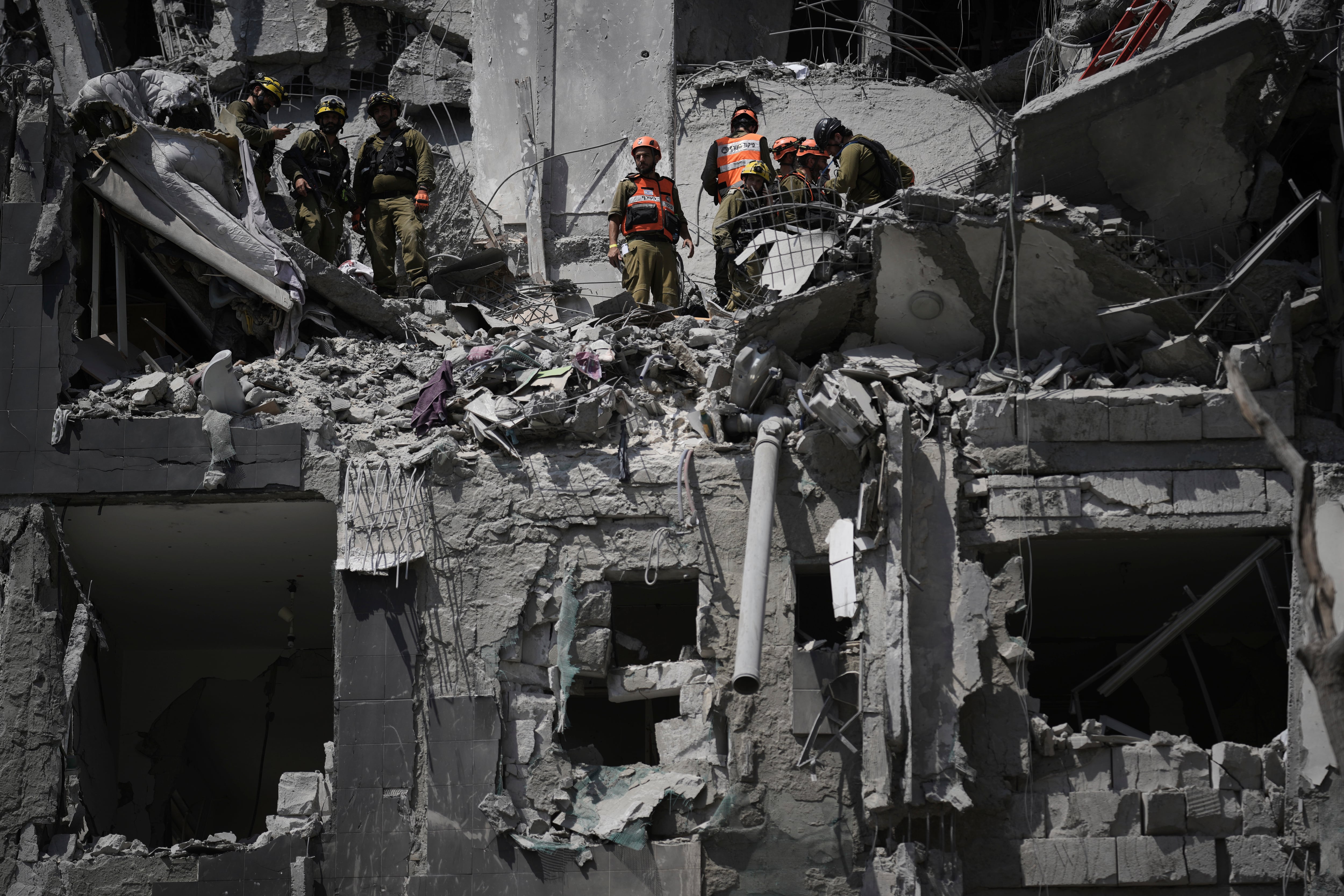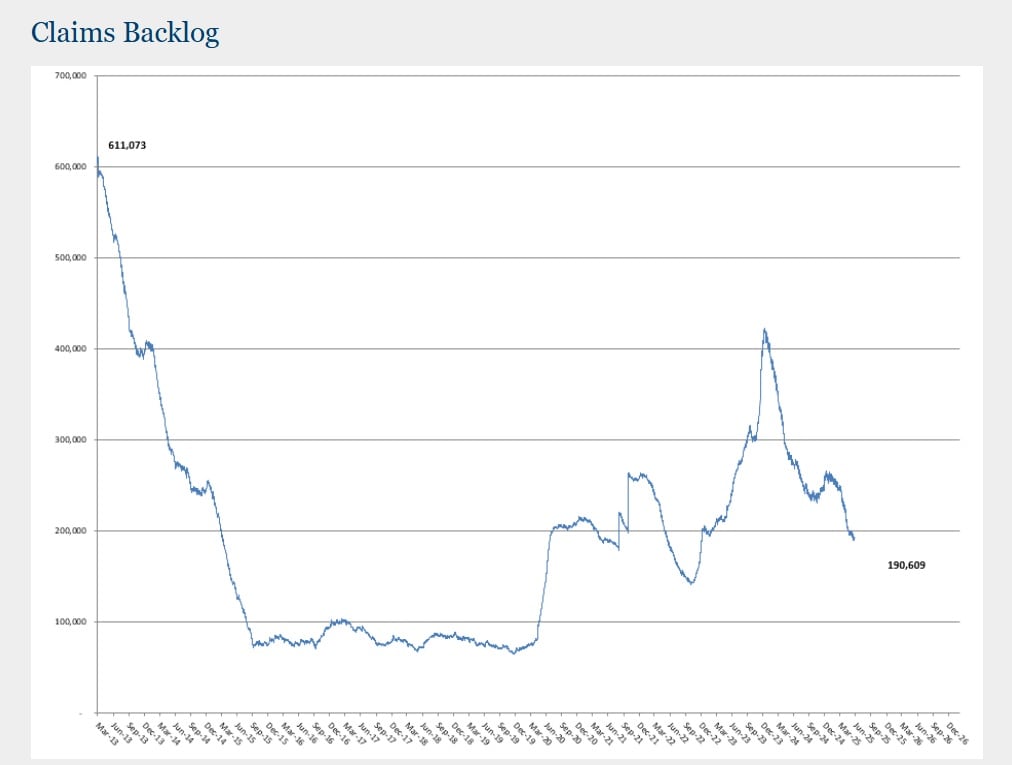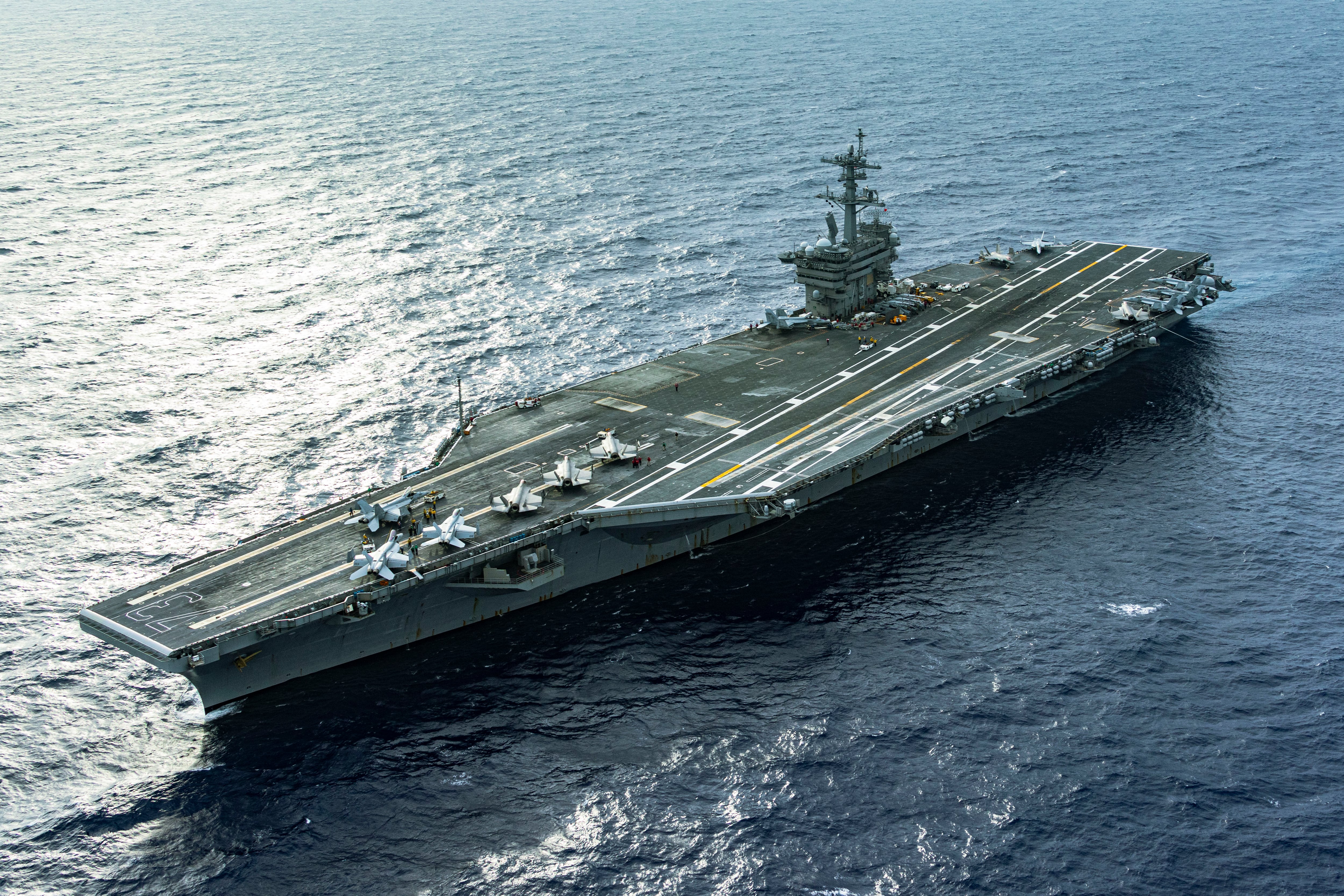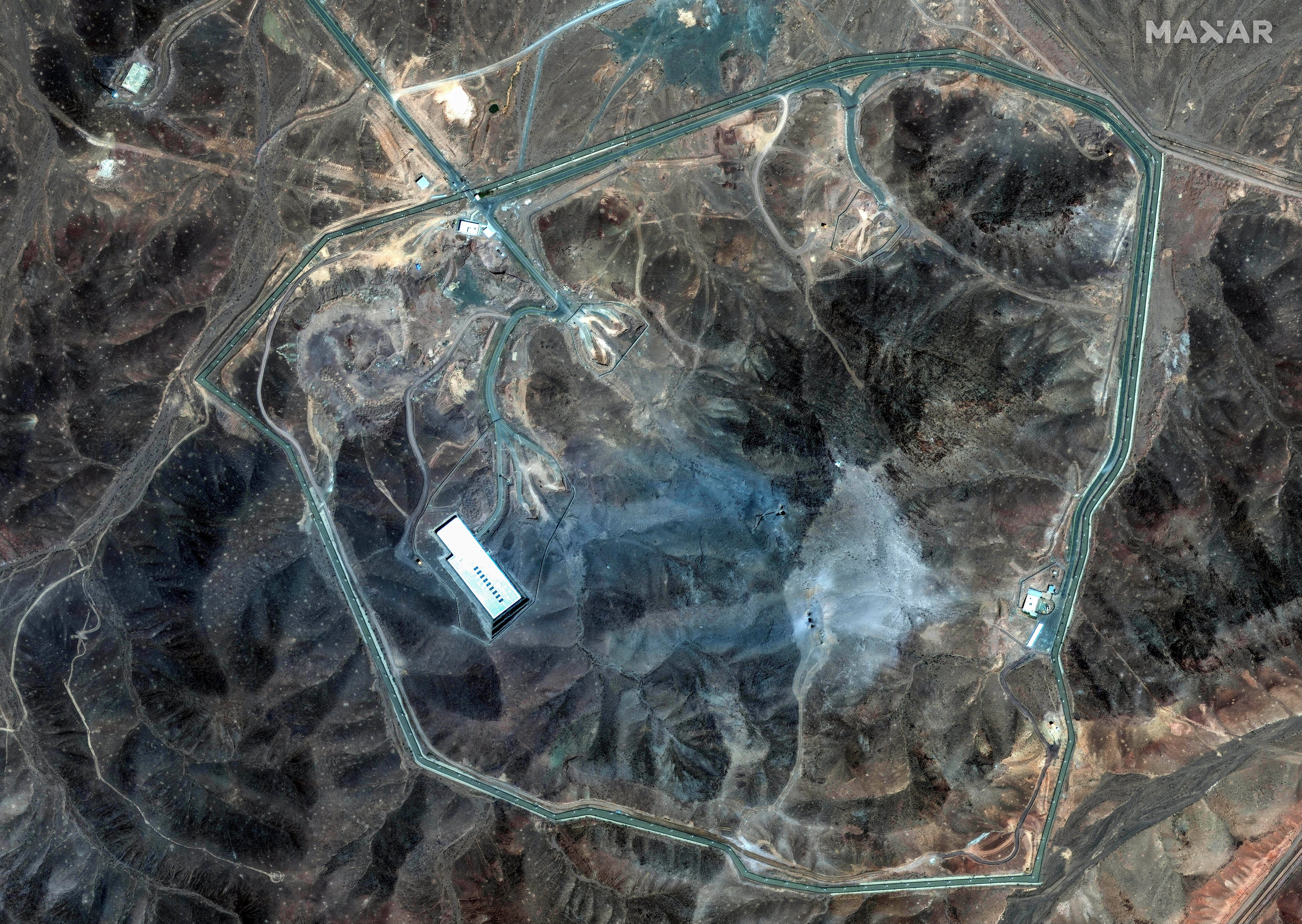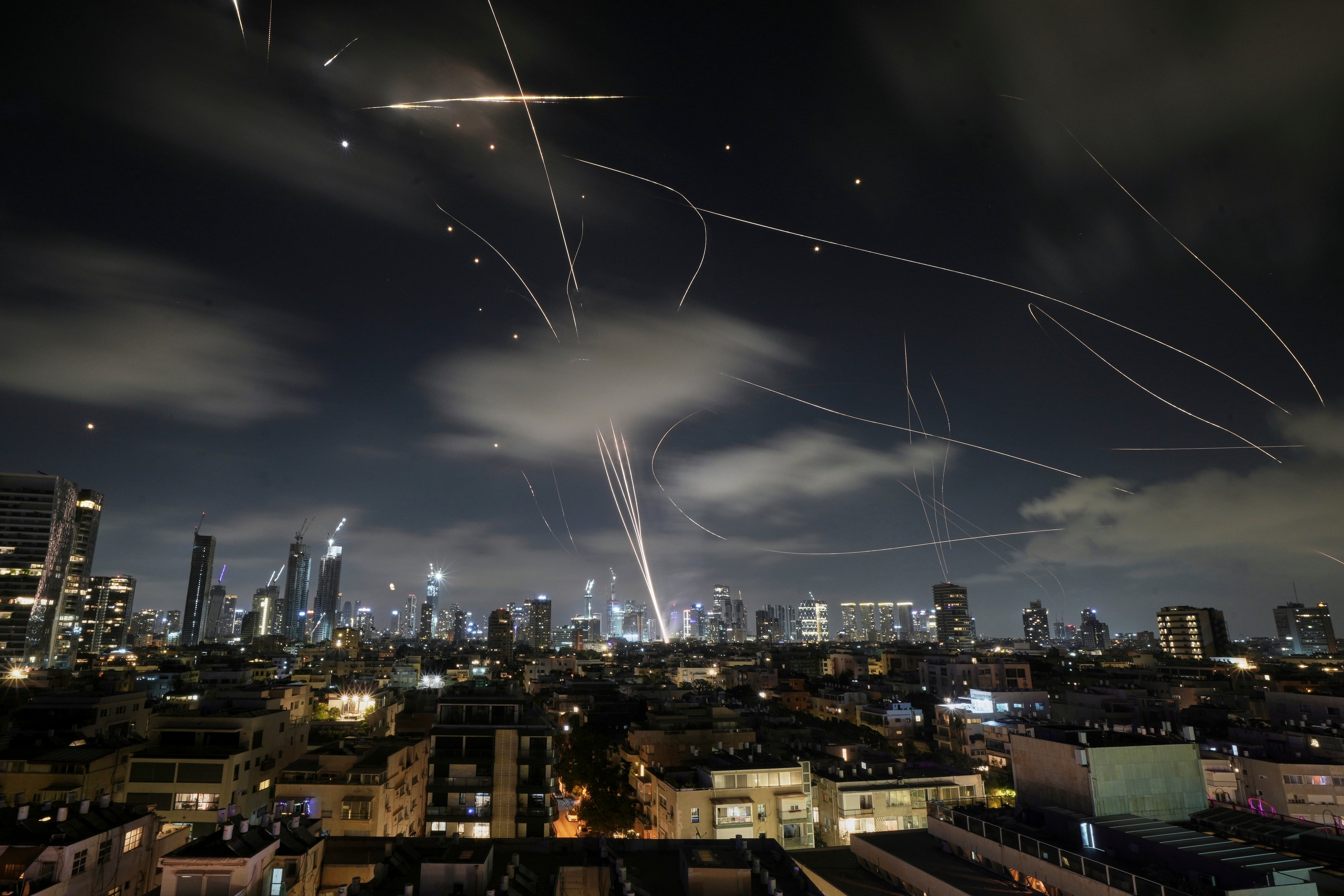WASHINGTON — The Pentagon’s fiscal 2021 budget request seeks to buy fewer munitions needed for the fights in Afghanistan and Iraq as it attempts to pivot towards investments in the kind of weapons that will be used in a high-end fight against China or Russia.
The DoD has requested $21.3 billion in munitions, including $6 billion for conventional ammunition, $4 billion for strategic missiles and $11.3 billion for tactical missiles. Munitions and missiles make up 8.8 percent of overall procurement in the budget request.
The department is pursuing a two-pronged approach, according to a budget summary provided by the Pentagon. The first is to make sure “U.S. worldwide munition inventories are sufficiently stocked” for ongoing needs. The second is to ensure “sufficient procurement of more advanced high-end weapon systems, which provide increases standoff, enhanced lethality and autonomous targeting for employment against near-peer threats in more contested environment.”
Click here for more coverage of the FY21 budget rollout.
Examples of that kind of high-end munition includes the Joint Air-to-Surface Standoff Missile (JASSM) and the Long-Range Anti-Ship Missile (LRASM), both of which have enhanced procurement in the budget request.
Major munitions buys in the budget include:
- 20,338 Joint Direct Attack Munitions (JDAM) - $533 million. That is down 8,050 units from the FY20 enacted.
- 7,360 Guided Multiple Launch Rocket System (GMLRS) - $1.2 billion. That is down 1,163 units from FY20 enacted.
- 2,462 Small Diameter Bomb 1 (SDB 1) – $95.9 million. That is down 4,616 units from FY20 enacted.
- 1,490 Small Diameter Bomb II (SDB II) - $432 million. That is down 197 units from FY20 enacted.
- 8,150 Hellfire missiles - $517 million. That is down 640 units from FY20 enacted.
- 601 AIM-9X sidewinders - $316.6 million. That is down 119 units from FY20 enacted.
- 125 Standard Missile-6 - $816 million. That is the same amount as purchased in FY20 enacted.
- 400 Joint Air-to-Surface Standoff Missile (JASSM) - $577 million. That is up 10 units from FY20 enacted.
- 53 Long Range Anti-Ship Missile (LRASM) - $224 million. That is up 36 units from FY20 enacted.
The slowdown of procurement for munitions comes as the U.S. dropped 7,423 munitions onto Afghanistan in 2019 —the highest number of bombs released in nearly a decade.
“For munitions, we continue to carefully manage production and stockpiles," Pentagon comptroller Elaine McCusker said Monday. "The JADM stockpile is healthier due to our last four years of increased procurements. The SM-6 is being procured at the maximum rate of production, continuing a five-year, multi-year procurement contract.”
Keeping the munitions industrial base humming is important for the Pentagon. A May 2018 report identified major gaps in the munitions industrial base, warning that key components for America’s weapons could disappear entirely if a small handful of suppliers were to close up shop.
Aaron Mehta was deputy editor and senior Pentagon correspondent for Defense News, covering policy, strategy and acquisition at the highest levels of the Defense Department and its international partners.

